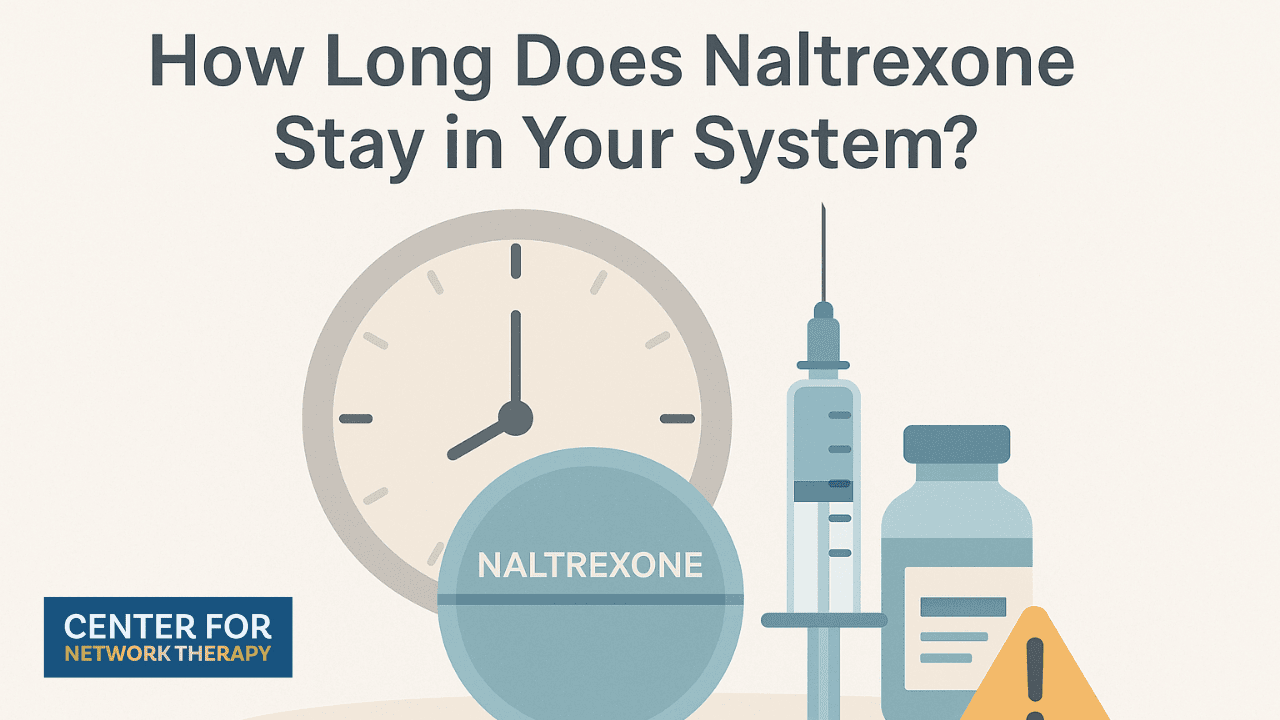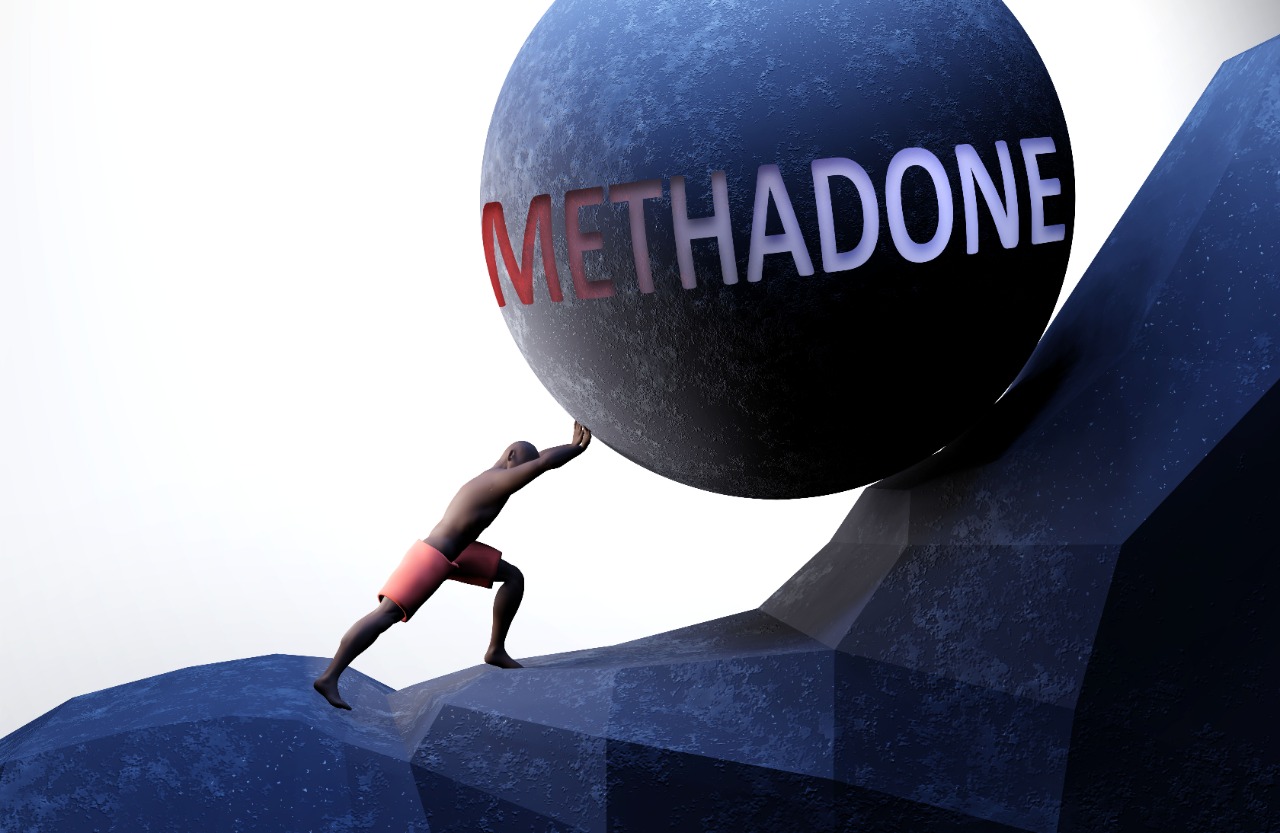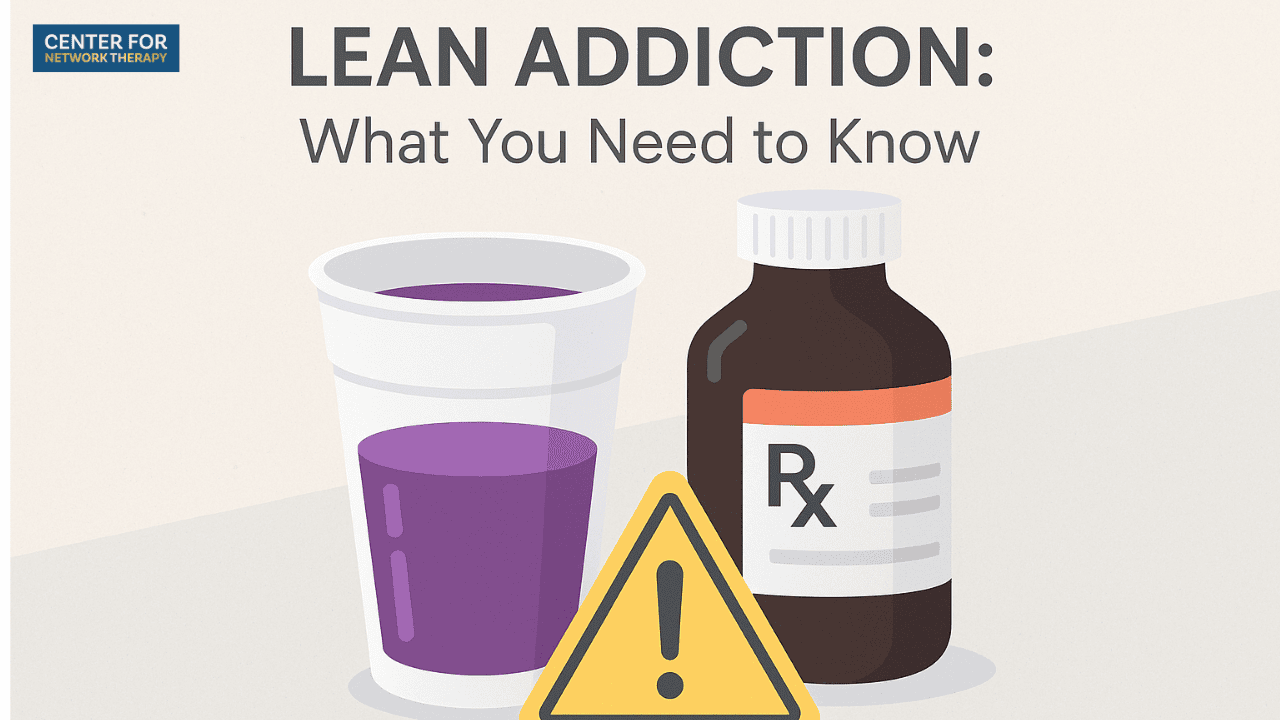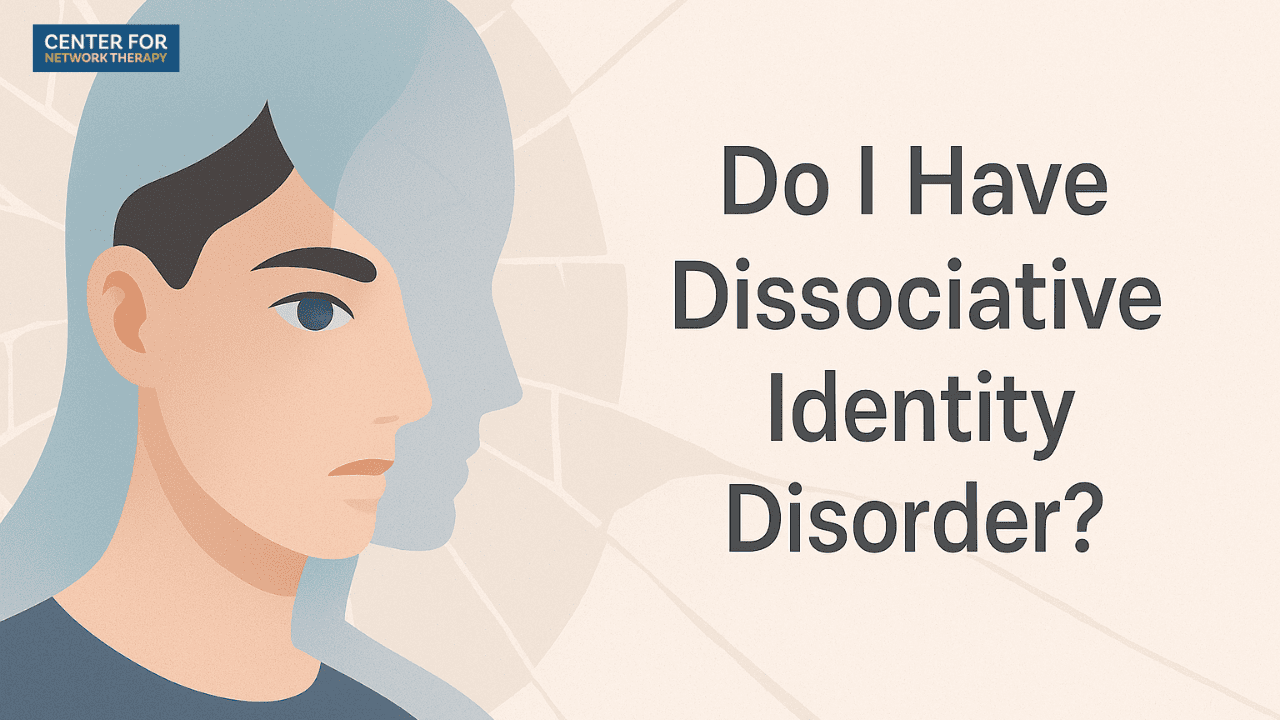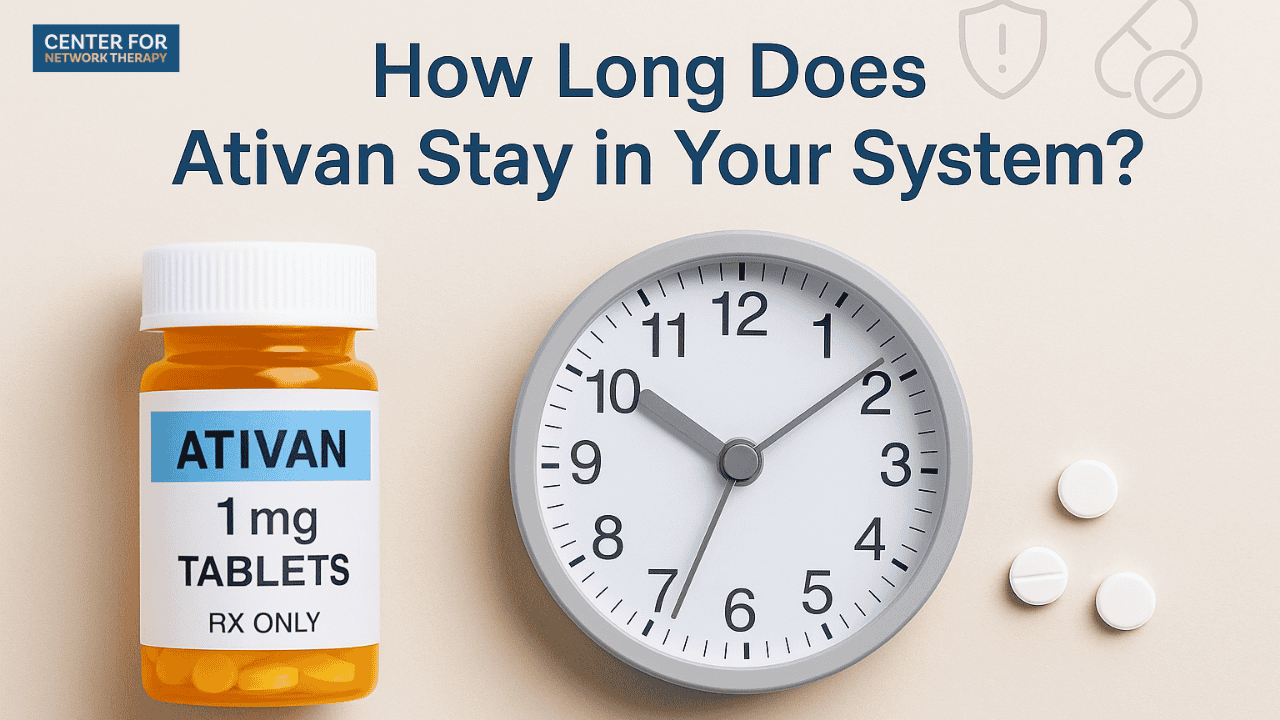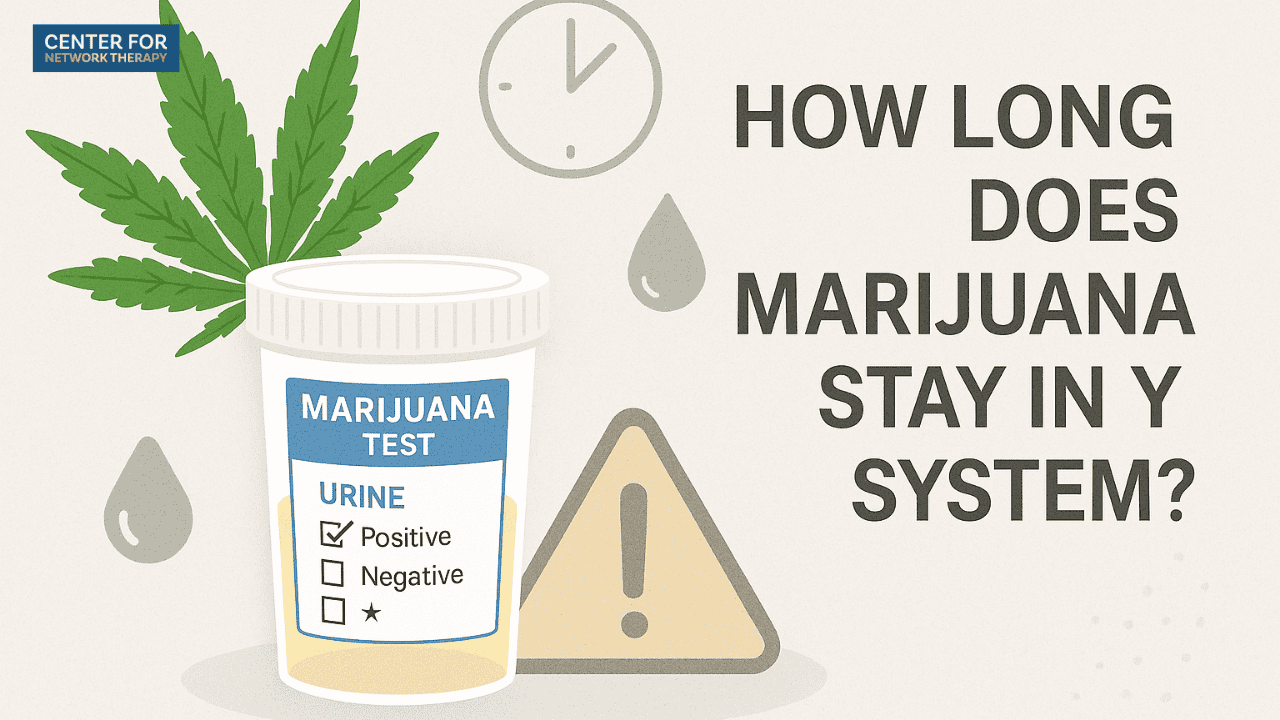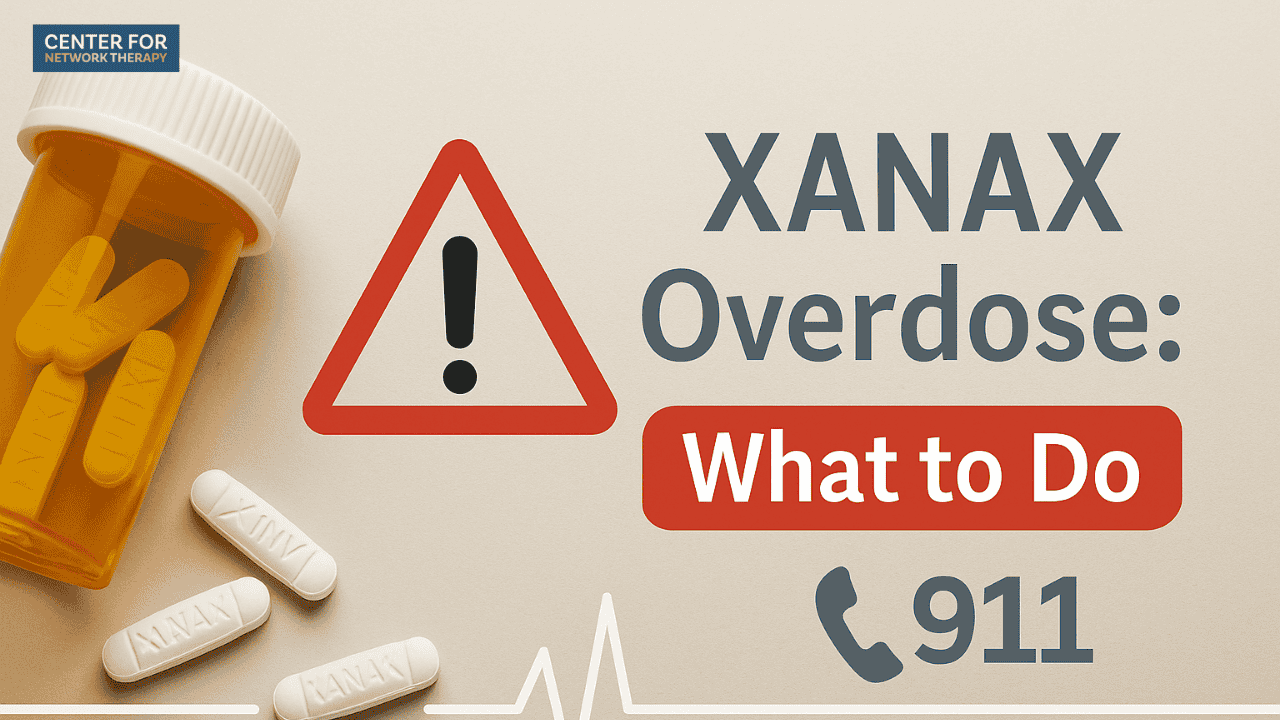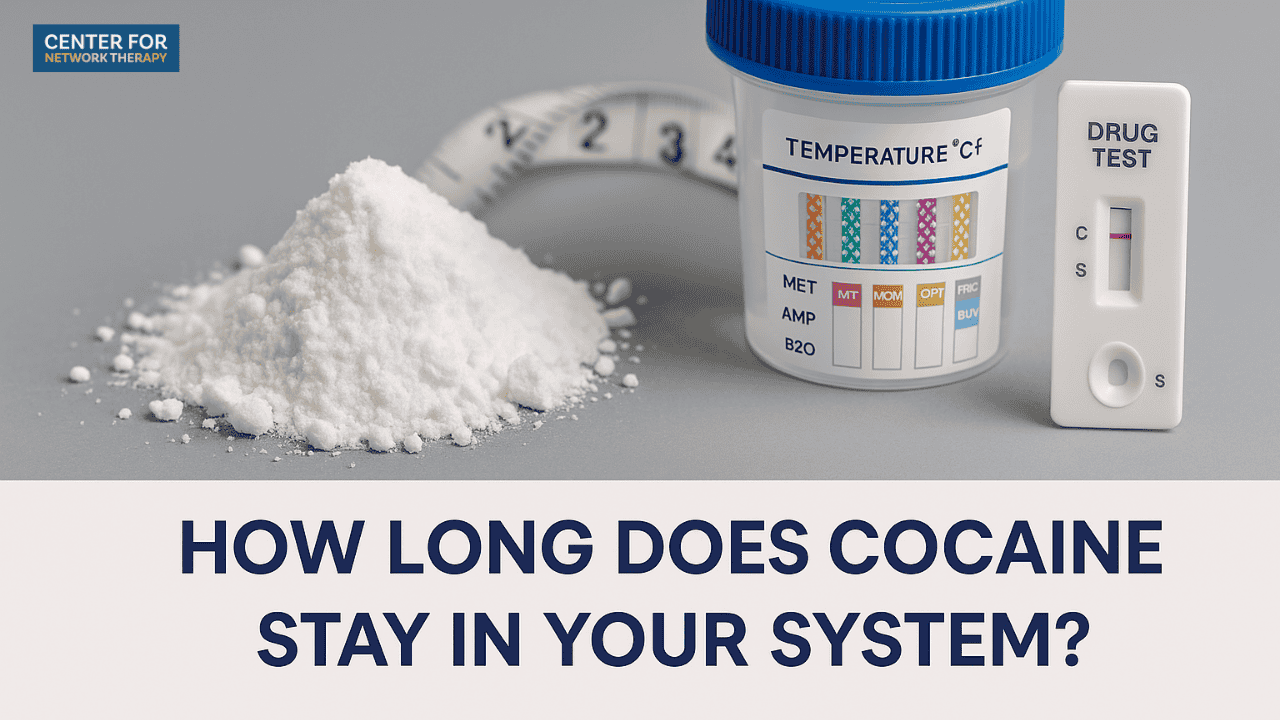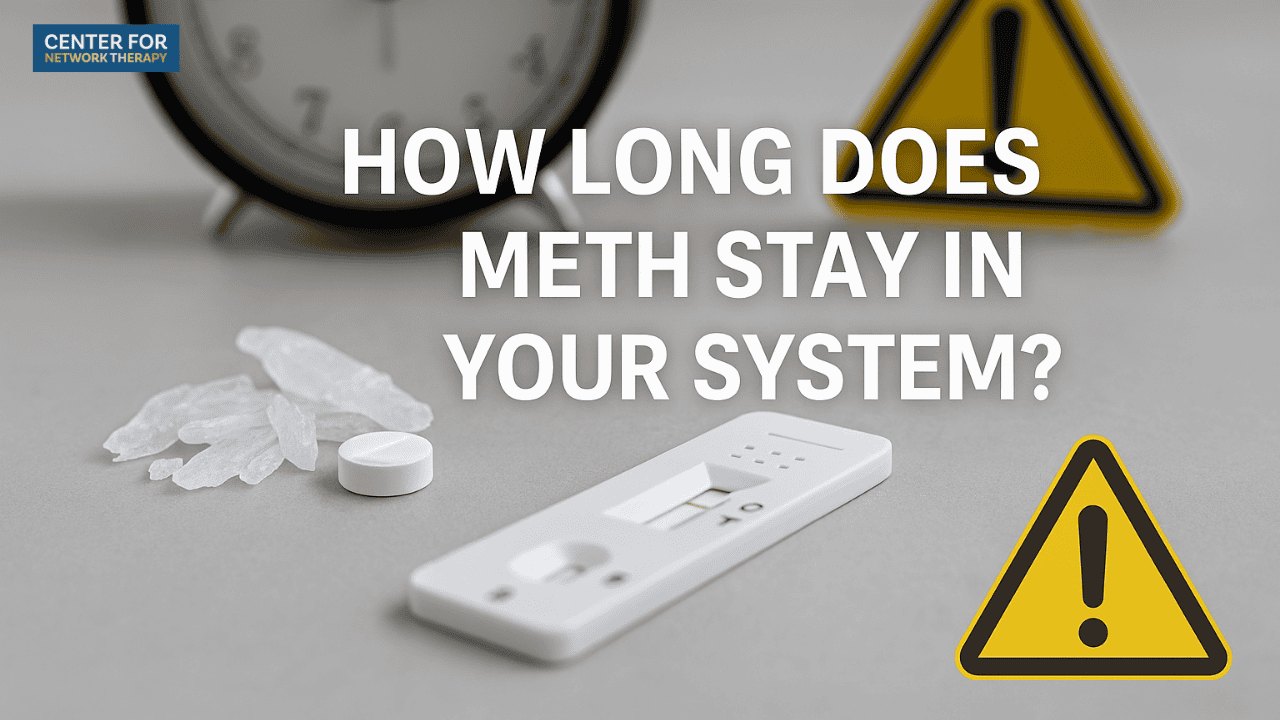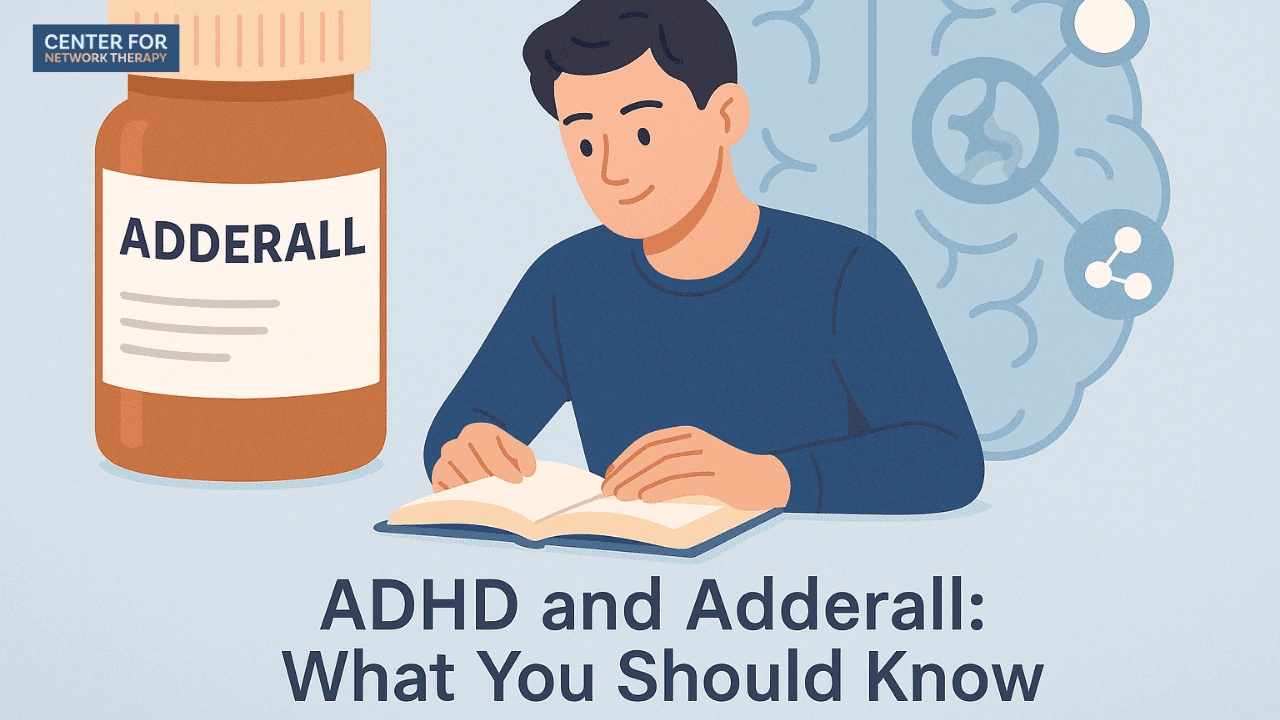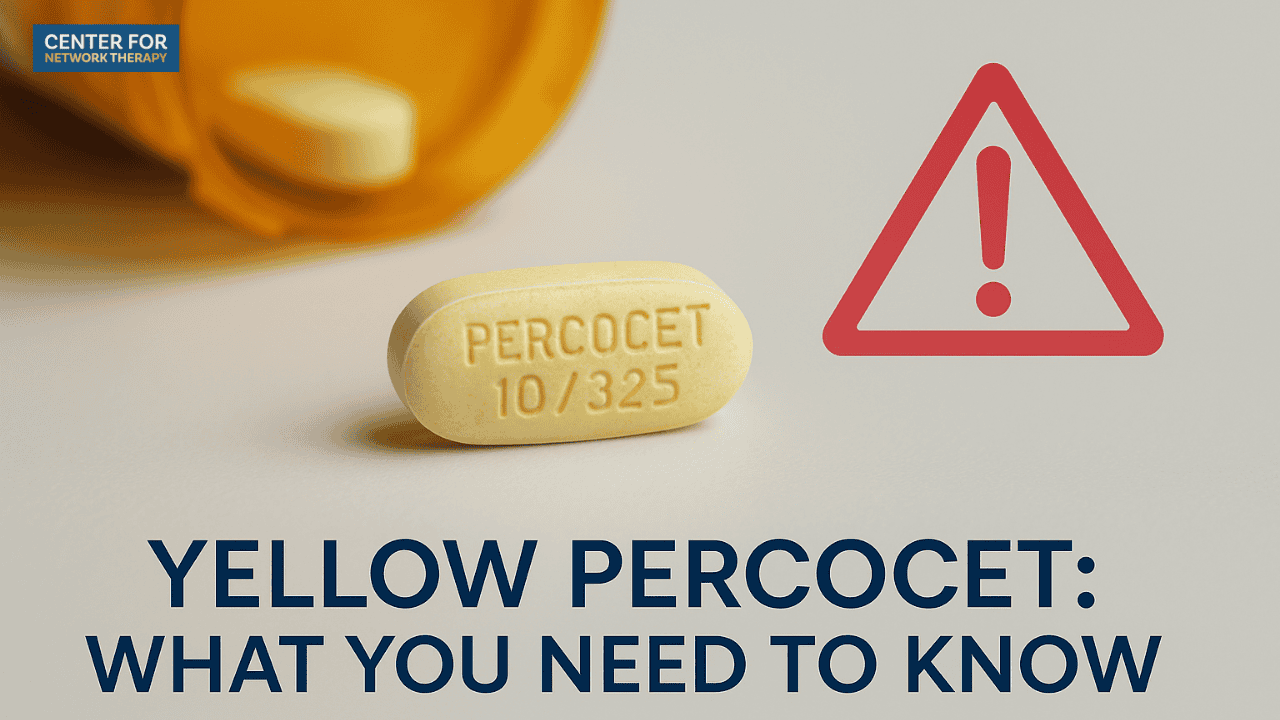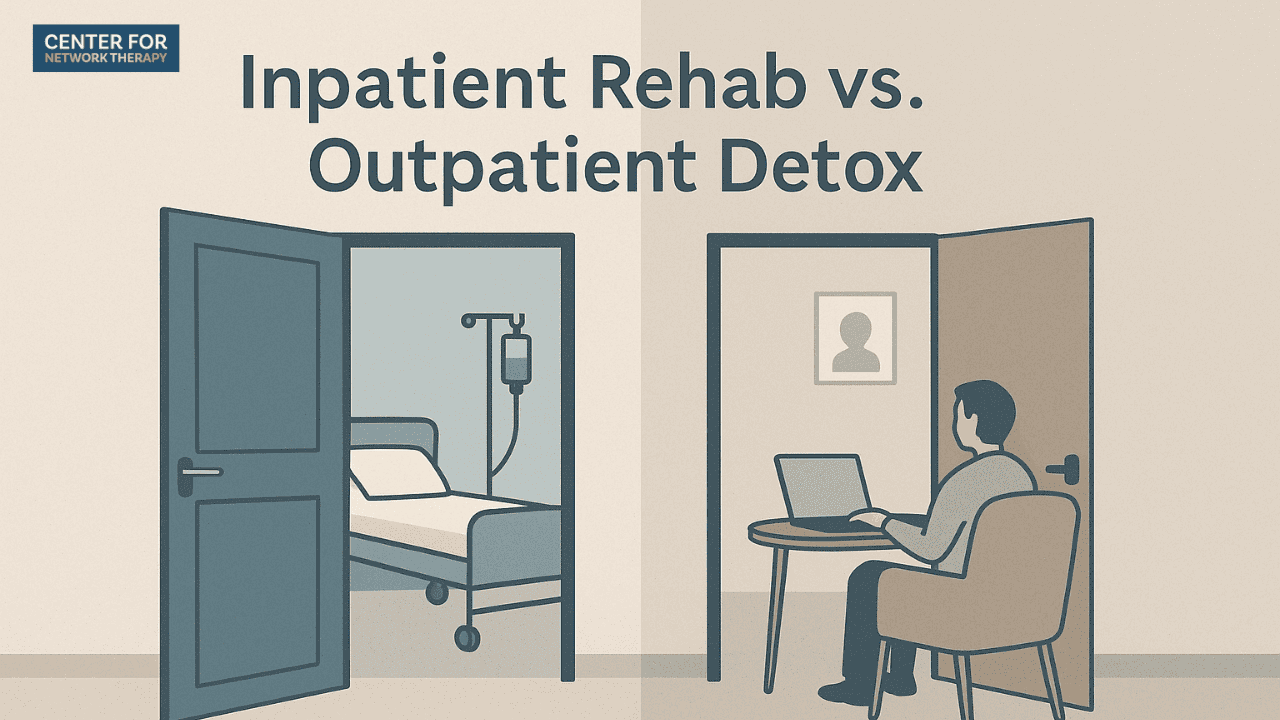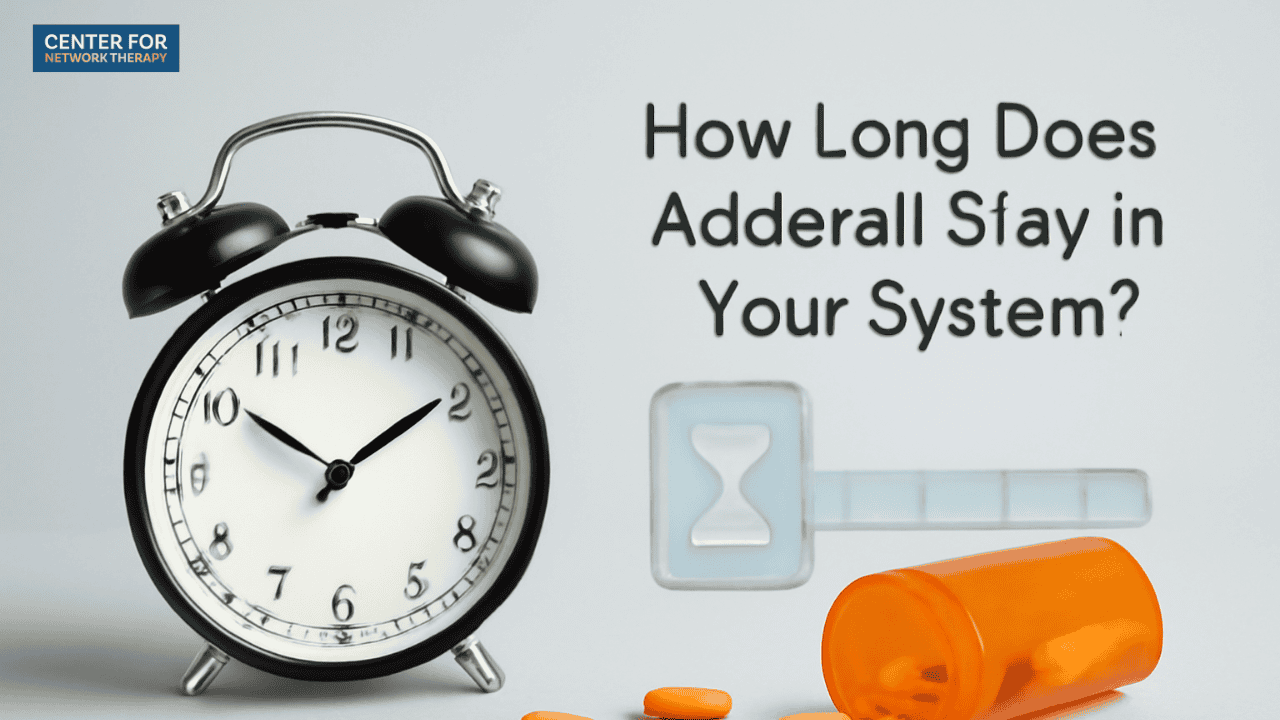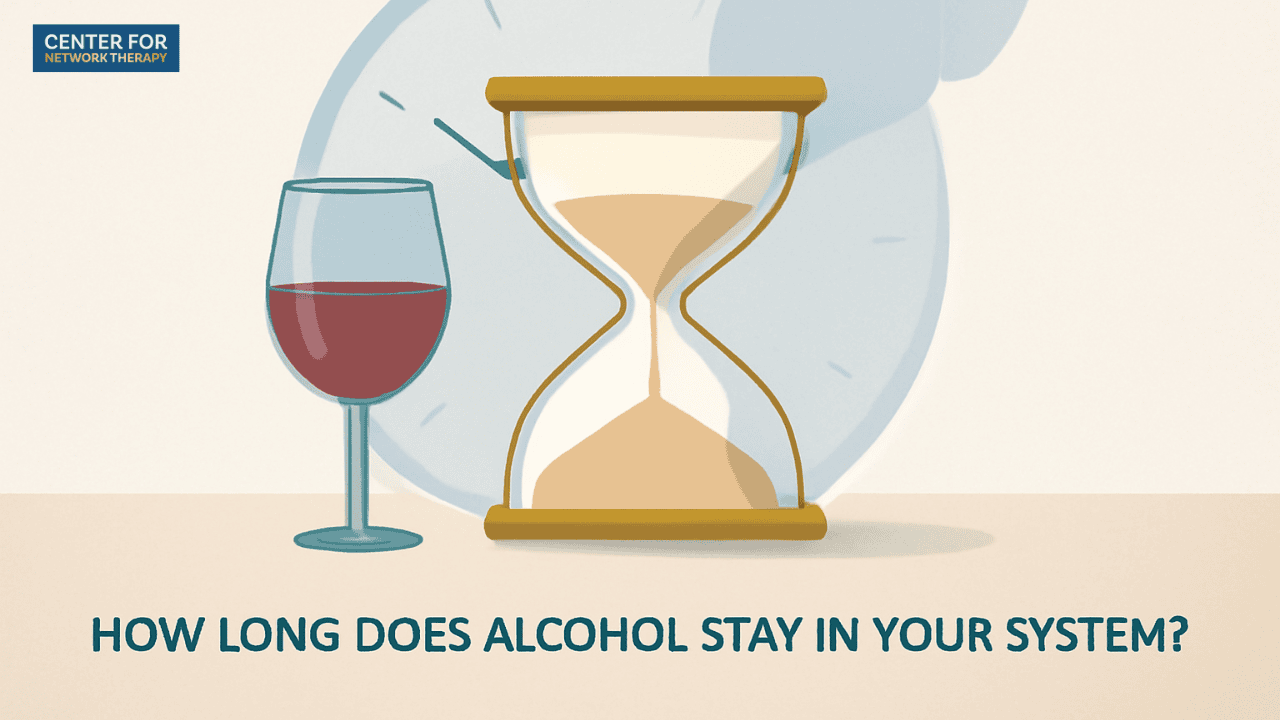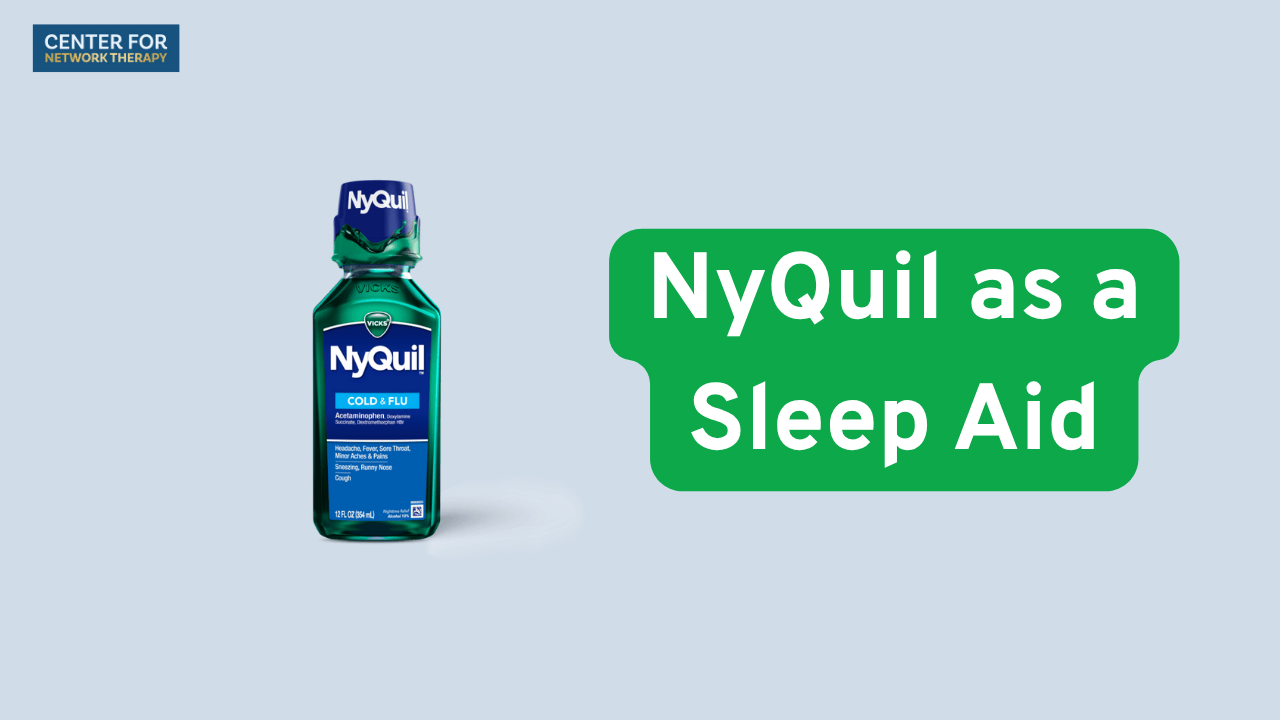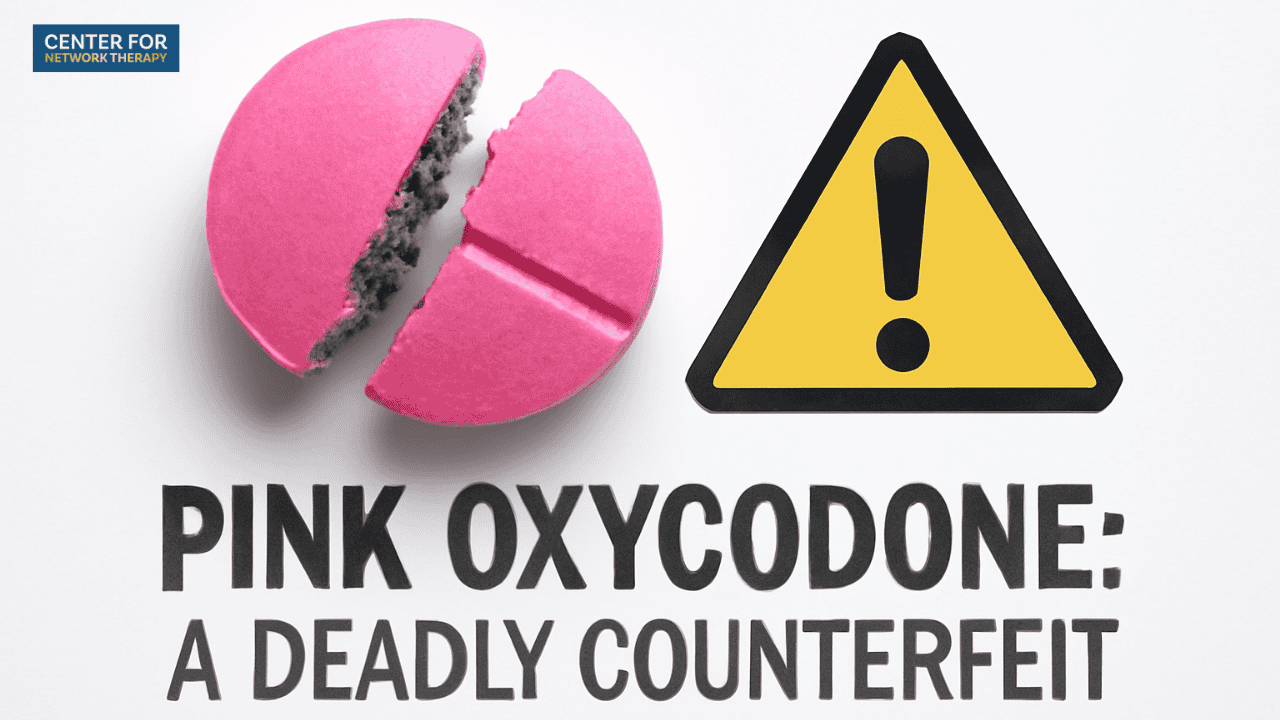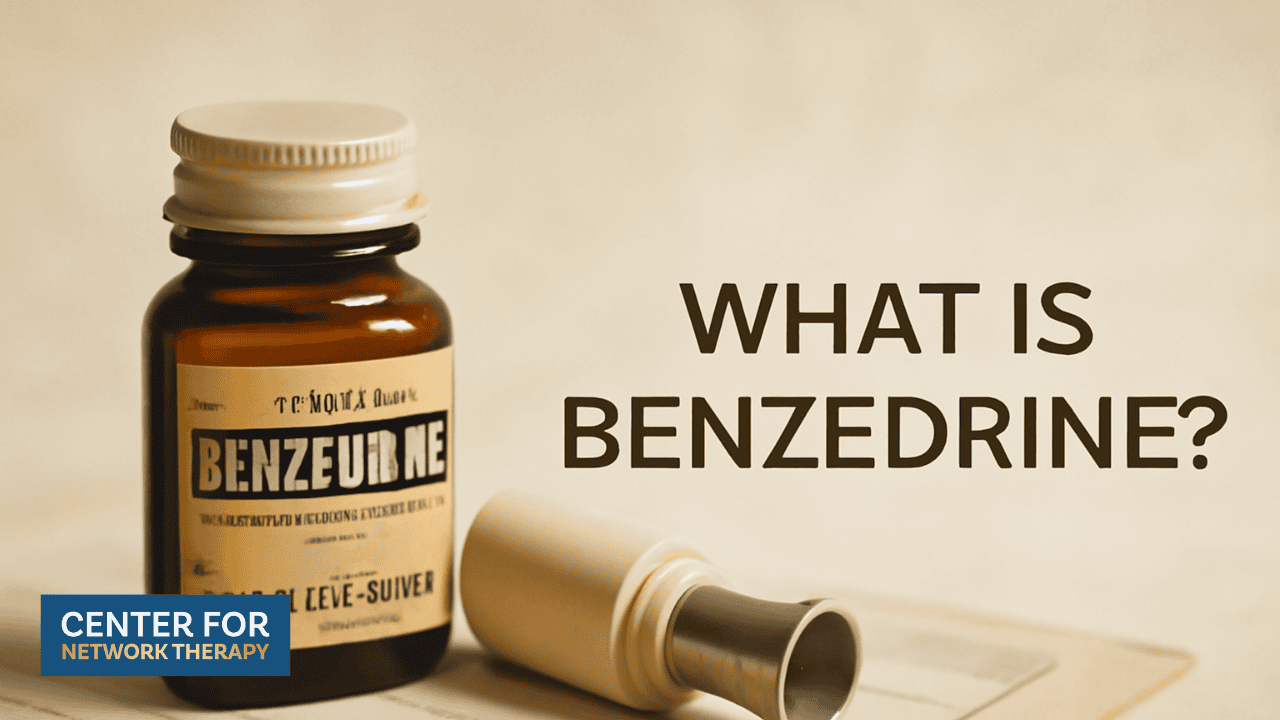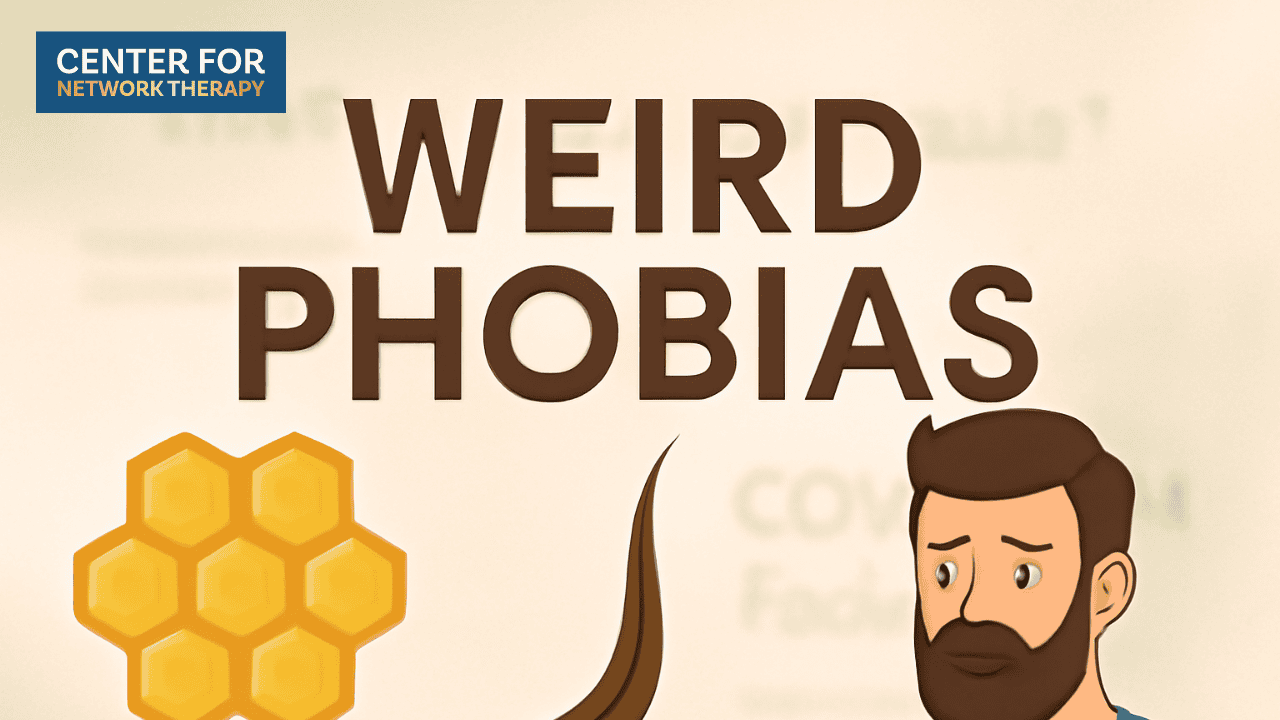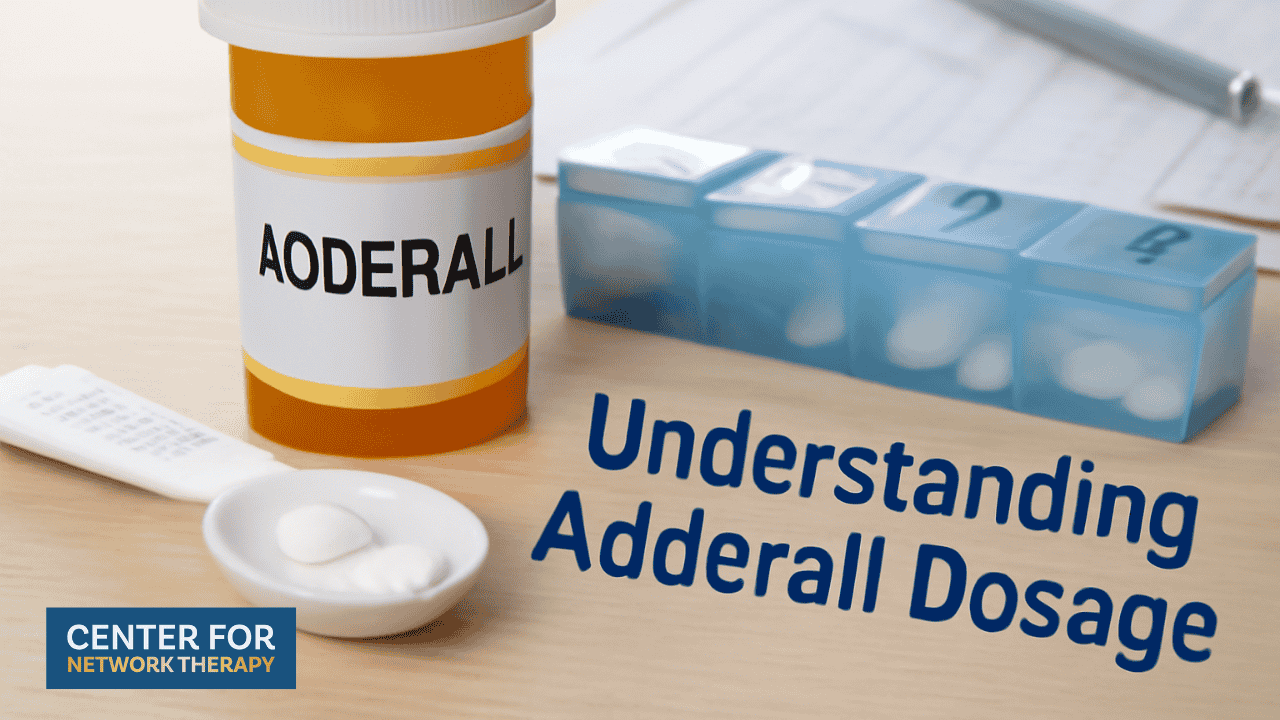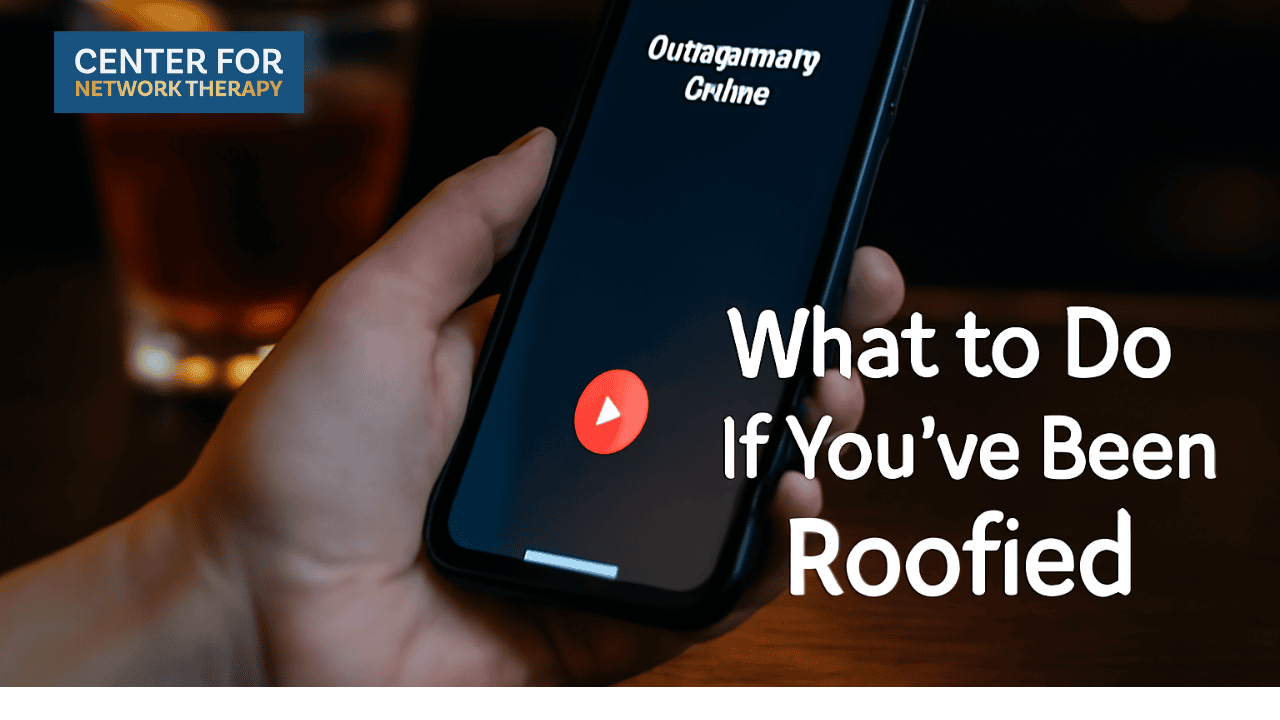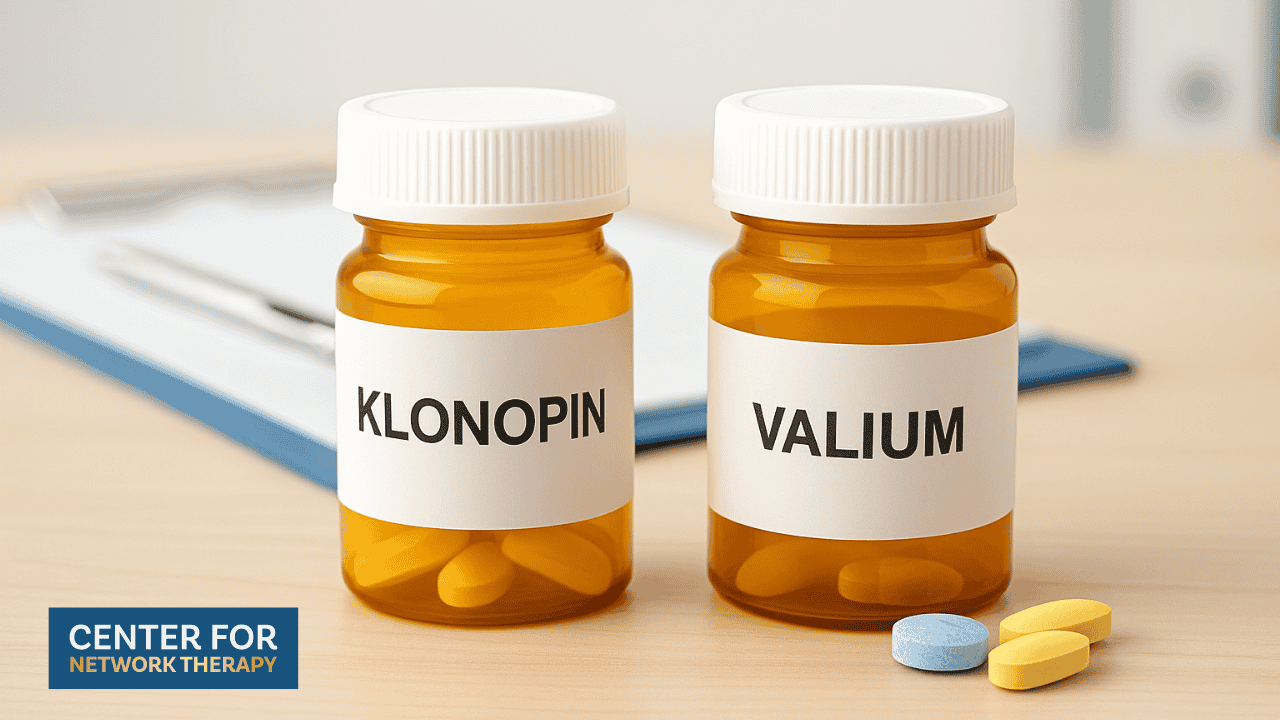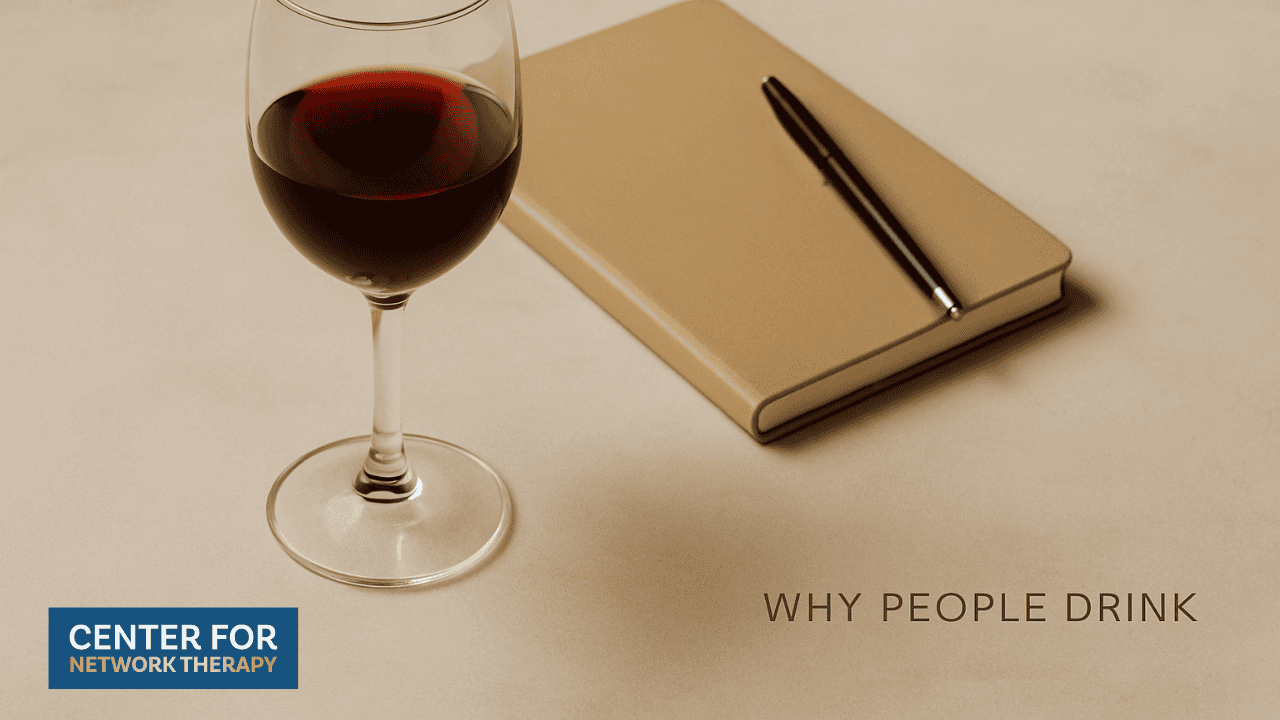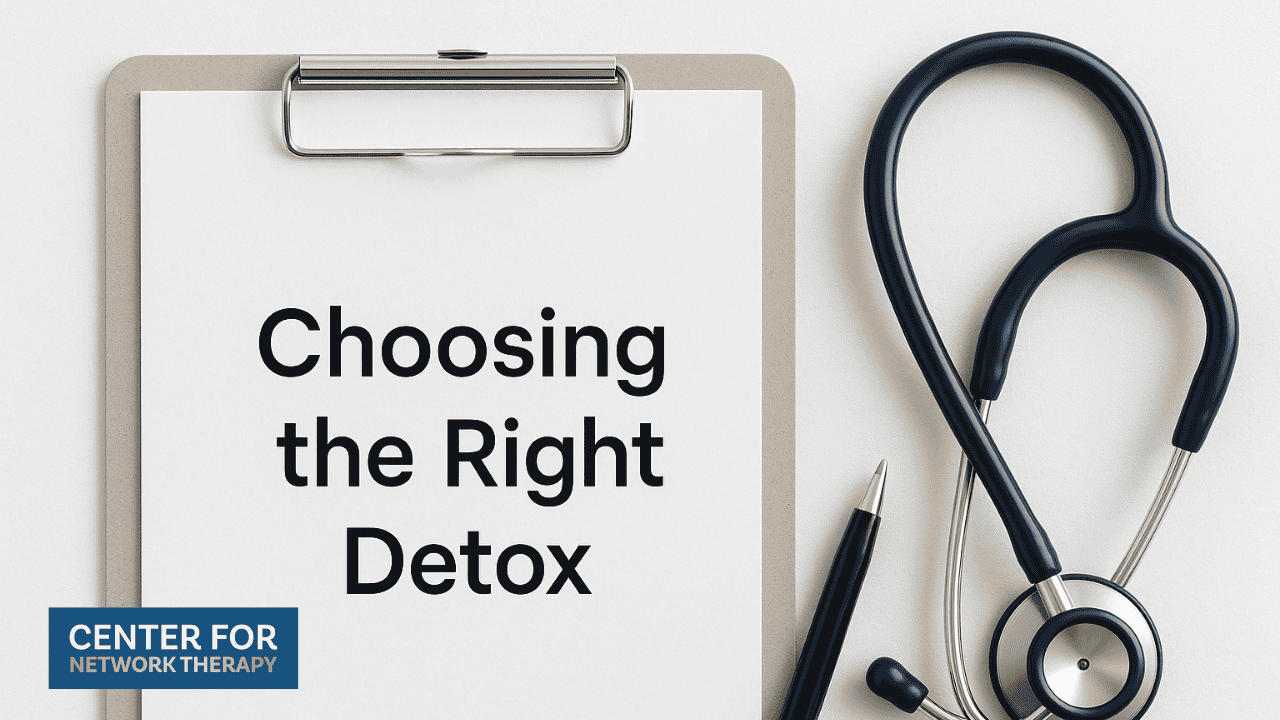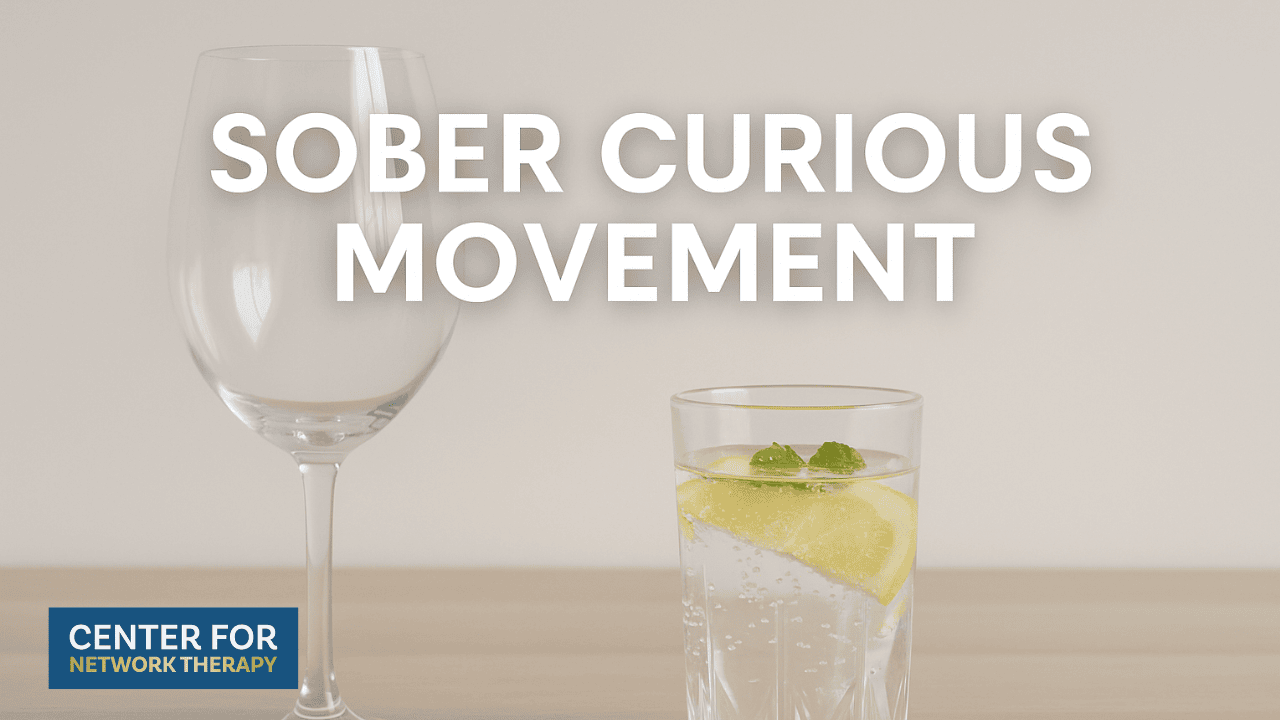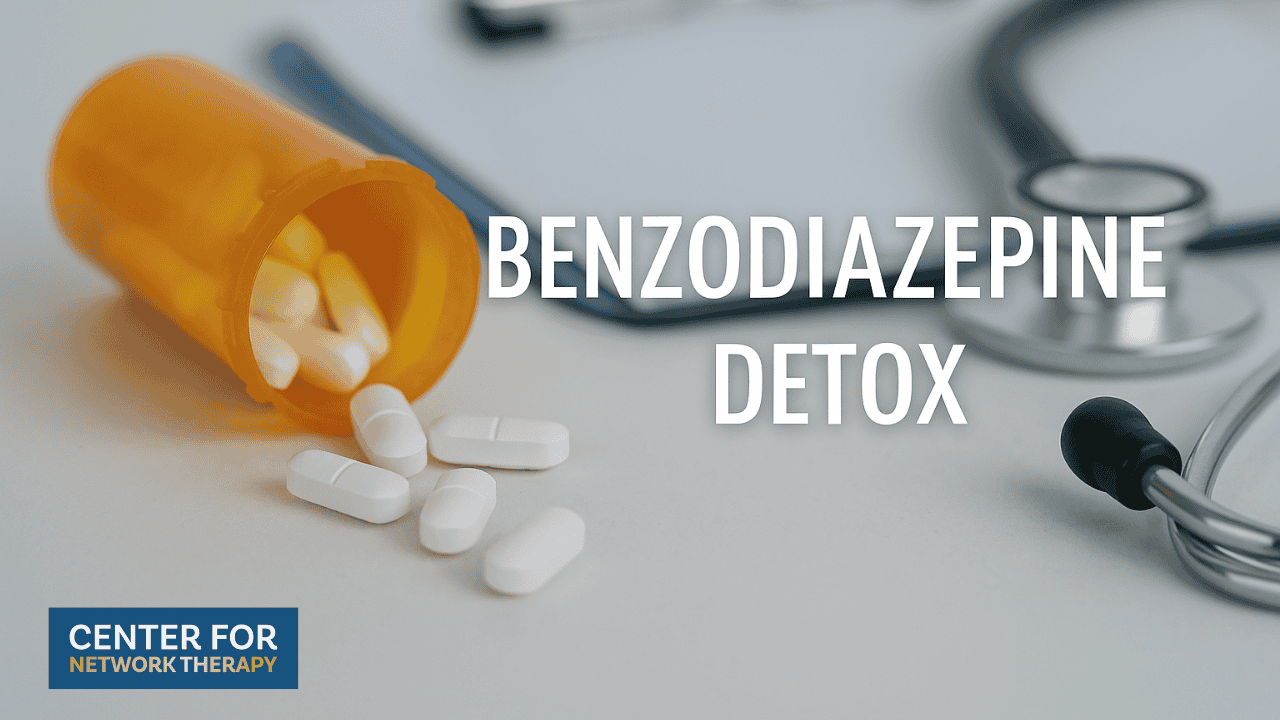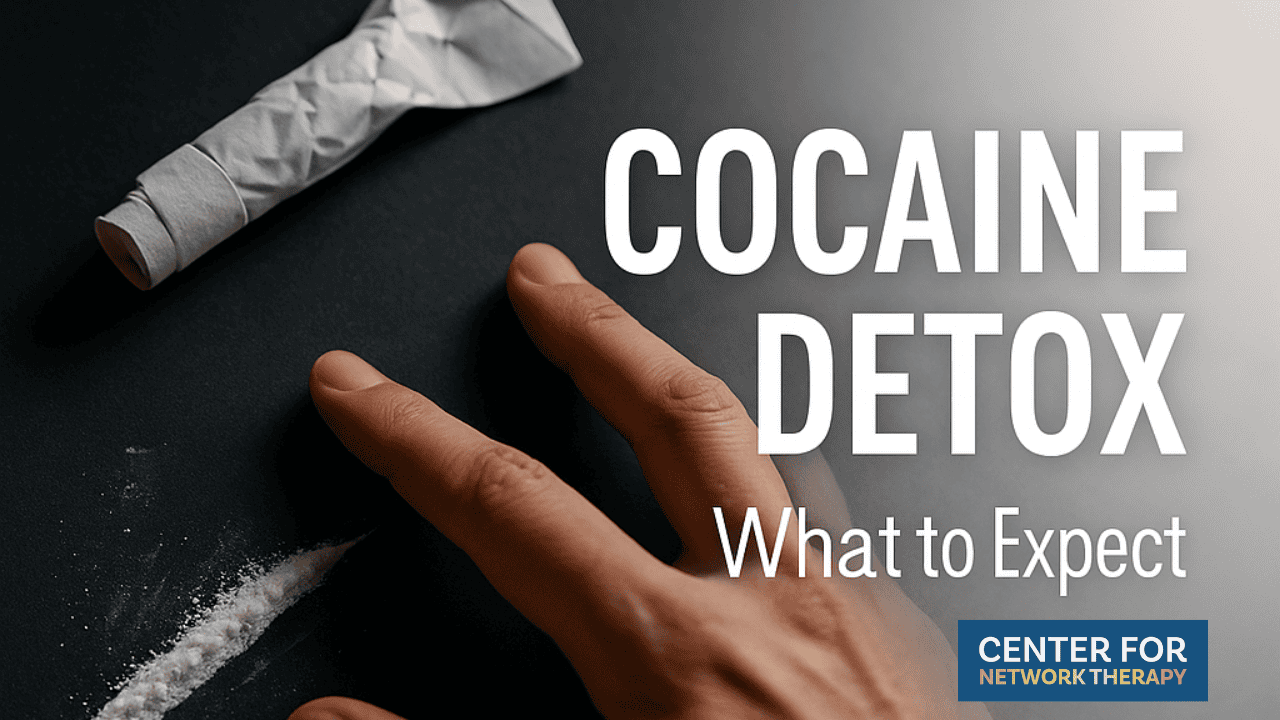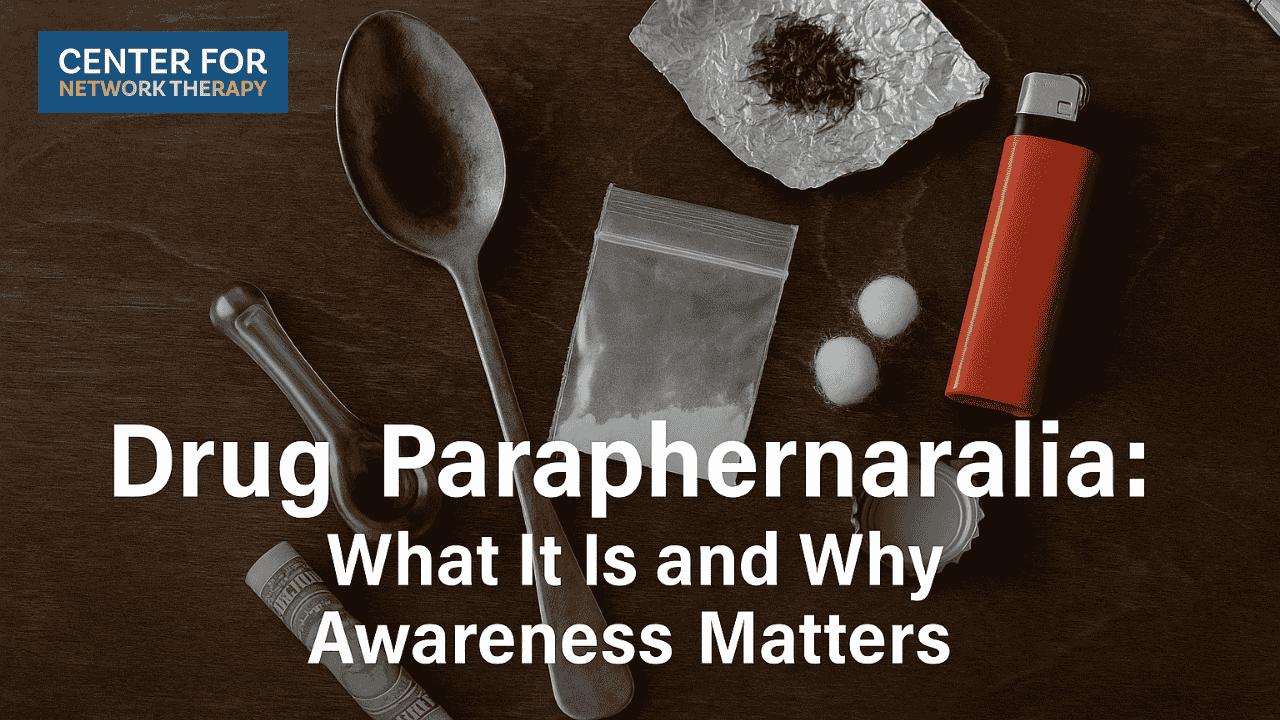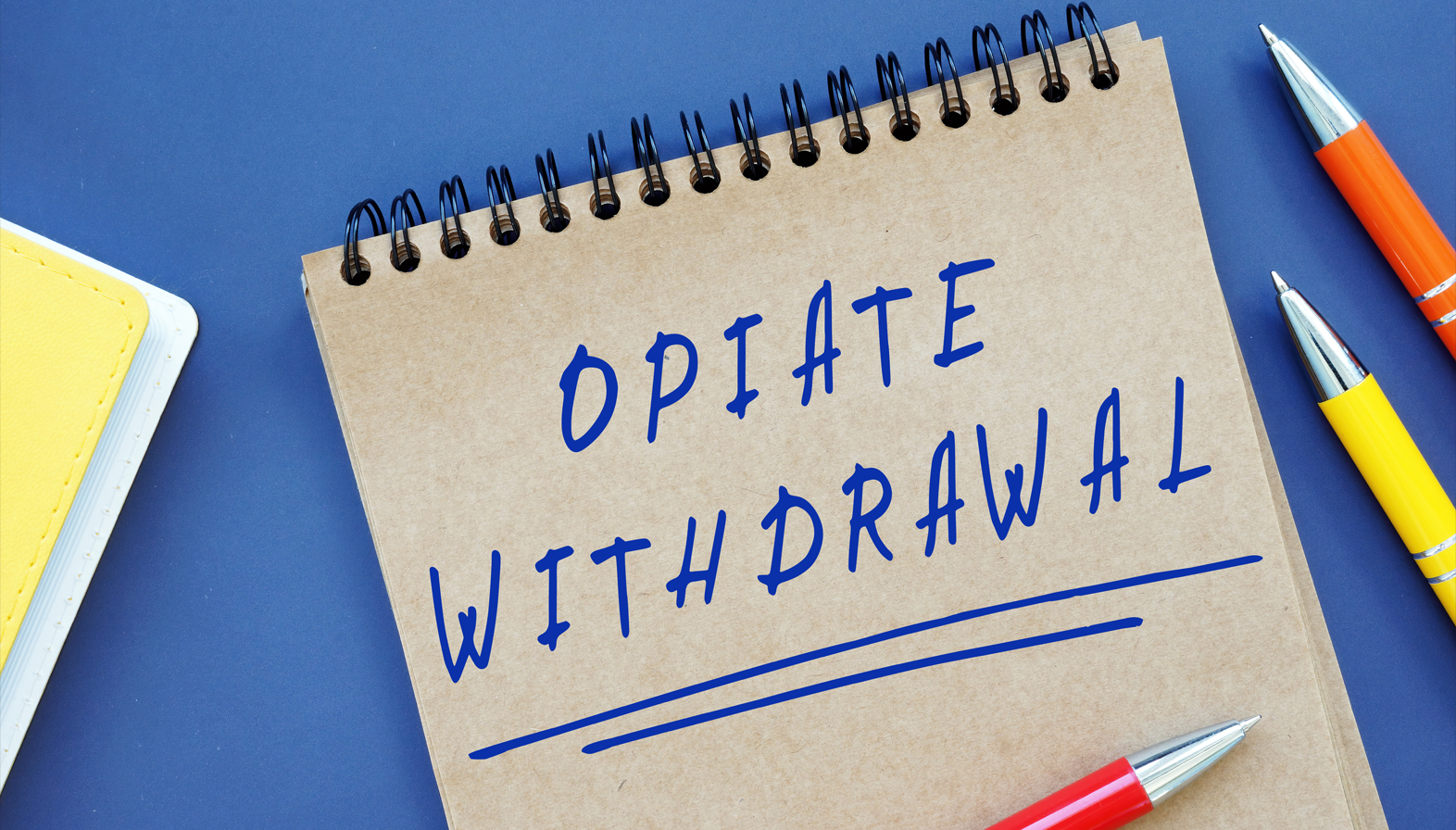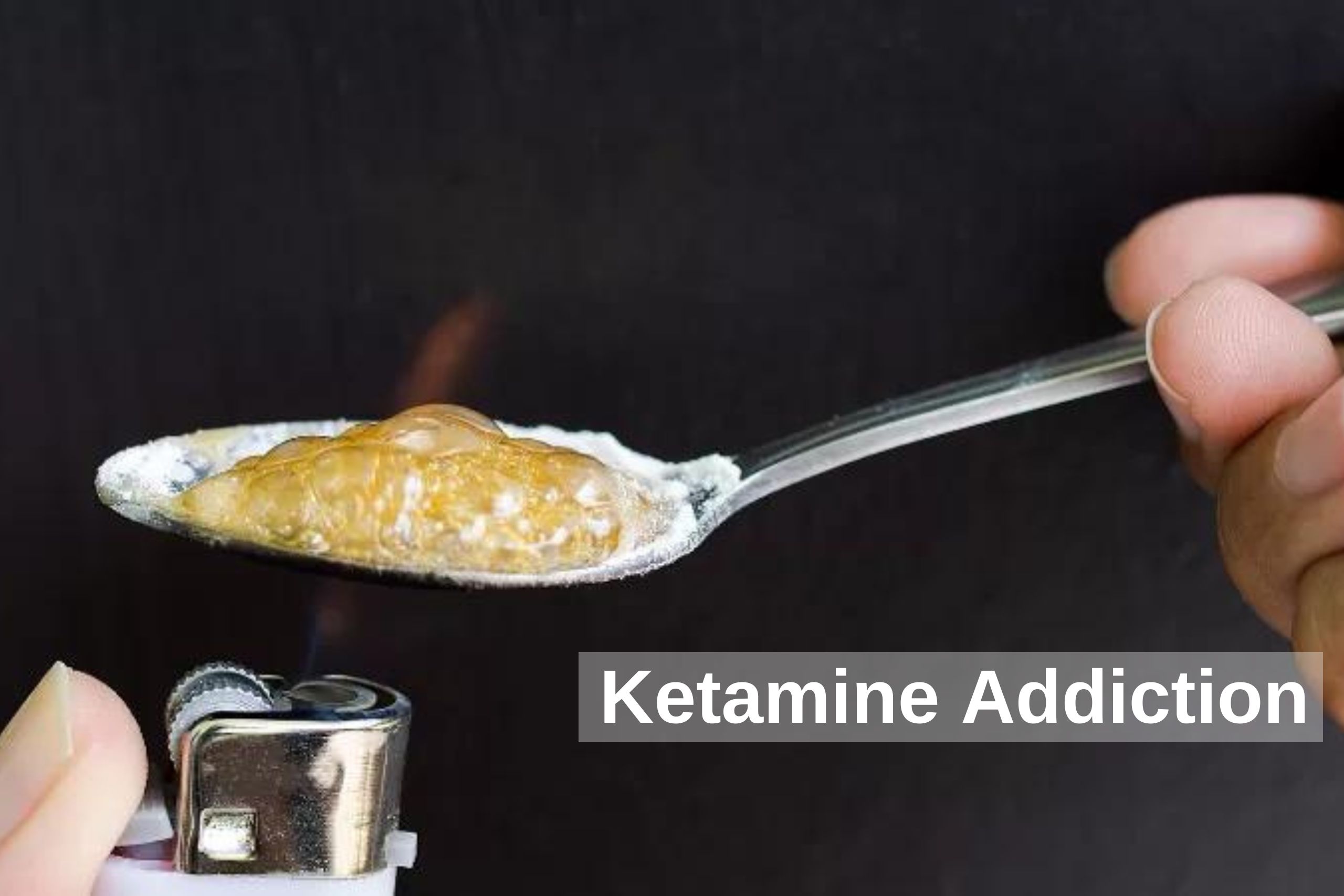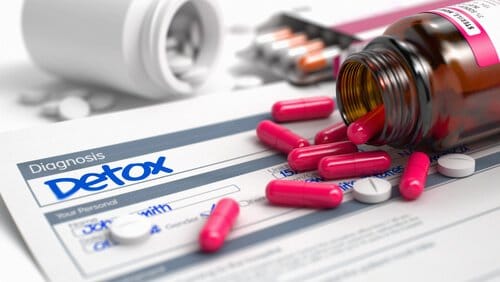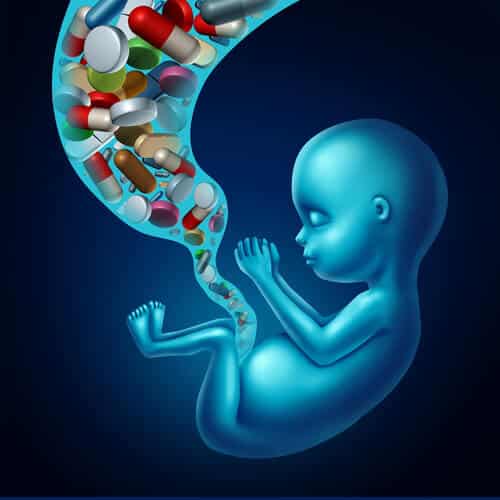Reviewing the Pros and Cons of Buprenorphine

Buprenorphine, or Suboxone is a medication that is used to help individuals suffering from an addiction to opiates to quit using the drug. There are some misconceptions about buprenorphine and the most common one is that Buprenorphine treatment is a drug-for-drug substitution. In this article we will try to dispel that myth and help you understand the medication better.
Buprenorphine, also known as Suboxone, Subutex, and Buprenex, is a medication that effectively reduces cravings and significantly mitigates withdrawal symptoms . It is a primary medication used for opiate replacement therapy by helping to prevent symptoms of withdrawal. Like methadone, buprenorphine can be a very helpful medication when it comes to overcoming addiction to opiates.
Pros
Many addiction treatment programs in New Jersey – whether in Colts Neck, or Freehold, or Manalapan, or Marlboro, or Mendham, or Bedminster – utilize buprenorphine to treaet opioid dependence. Buprenorphine is given to patients mainly to reduce severe opiate withdrawal symptoms. Opiate withdrawal symptoms include perspiration, nausea, anxiety, difficulty sleeping, chills, sensitivity to light, and stomach pain.
Withdrawal occurs when the body becomes dependent on the drug and reacts when it does not get its “fix.” One example is getting headaches when a person used to drinking coffee does not drink coffee for a day. The caffeine in the coffee is addictive and the body has become dependent on the
caffeine for a “fix.” The same applies to individuals addicted to drugs or alcohol; they continue to abuse drugs or alcohol despite a strong desire to quit because they feel normal only when the drug they abuse stimulates the brain to release large enough quantities of dopamine, the pleasure neurotransmitter, to make them feel normal.
Suboxone or other brands of buprenorphine contain naloxone, which protects against overdose. Naloxone is also an ingredient in Narcan the overdose reversal medication. Naloxone is made to reverse the effects of opioid and opiate overdoses. Consequently, the use of Suboxone or other buprenorphine brands, reduces the risk of overdose in a patient population that is in the nascent stage of entering recovery and, therefore, at a high-risk of relapse.
Suboxone, and other brands of buprenorphine that contain naloxone cannot be abused, by injecting, snorting or other methods, as they could undo the high derived from opiate use and may precipitate withdrawal, a highly undesirable outcome for the individual abusing opiates.
Cons
Many drug treatment centers disavow medication assisted treatment, known as MAT, and believe in total abstinence through sheer will power and therapy. Given that MAT, has been proven by many studies to deliver better results, it appears to an unnecessarily risky strategy. While tolerance builds as a person abuses drugs or alcohol and has to use larger doses to achieve the same high, the reverse is also true. After a few days of abstinence from the drug of choice, tolerance falls. So, the “no medication” treatment strategy’s risk comes from the significantly increased risk of overdose in the event of a relapse. Assume a person was used to snorting 15 bags of heroin in a day prior to seeking treatment at a treatment facility that does not offer medication assisted treatment. If they relapse on heroin after the completion of a 15-day stay at the facility and use the same 15 bags they were used to previously, the likelihood of overdose death is very high. This is because the 15 days of abstinence lowered the body’s tolerance for heroin, and the same 15 bags they snorted previously on a regular basis leads to overdose!
Buprenorphine addresses cravings effectively, lowering the chances of a relapse. The “naloxone” in buprenorphine brand names such as Suboxone prevent overdose the same way that Narcan reverses opiate overdose. MAT is not only effective in addressing cravings and withdrawal
symptoms, it also provides a degree of safety in the event of a relapse.
There exists a myth that buprenorphine is a drug as well, and utilizing buprenorphine to come off of opiates, whether it is fentanyl, or heroin or Oxycontin, or Percocet, or Oxycodone, is a drug-for-drug substitution. Firstly, remember that buprenorphine is a medication approved by the FDA to treat Opioid Use Disorder, or OUD. Treating addiction to any substance, utilizing any approved medication is called medication assisted treatment, commonly referred to as MAT.
Buprenorphine is a partial agonist at the mu receptor, meaning that it only partially activates opiate receptors. This gives it many favorable properties. Unlike morphine or fentanyl, buprenorphine has high-affinity binding to the mu opioid receptors and slow dissociation kinetics, which means that withdrawal symptoms are milder and less uncomfortable for the patient. Buprenorphine exhibits ceiling effects on respiratory depression, which means that it is safer than methadone for agonist substitution treatment in addiction. Also, buprenorphine’s analgesic (pain killing) effects plateau at higher doses.
As with all medications used in MAT, buprenorphine should be used as part of a comprehensive treatment plan that includes counselling and other behavioral therapies to provide patients with a “whole person” approach. Buprenorphine is a Schedule III drug, which means is has some potential
for moderate to low physical dependence or high psychological dependence.
It is obvious that addiction treatment utilizing buprenorphine is not a drug-for-drug substitution. However, coming off of buprenorphine after a self-determined period is not easy, primarily due to the psychological dependence although milder physical withdrawal symptoms may also occur. But it is important to remember that detoxing of of buprenorphine is much easier that coming off of opiates. Also, health insurance generally covers the cost of detoxing off of buprenorphine.
For individuals in New Jersey suffering from an addiction to opiates, there are plenty of treatment options. Whether you live in Old Bridge or Woodbridge, Ridgewood or Glenwood, Marlboro or Teterboro, Long Branch or Riverview, Bayville or Toms River, you always have treatment available locally.




